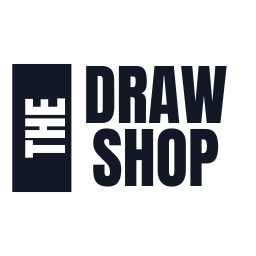Because you need dollars spent to turn into ROI.
We create videos that make your brand the no-brainer choice
Share with us your vision of success, and we pledge to make it a reality.














Work with us
Ready to kick off your video journey? Schedule a time to chat with one of our geniuses and let’s make those bold visions a reality. We’re not just in the business of making videos; we excel at crafting compelling stories that elevate your brand. Ready to disrupt the norm? Let’s chat.
NeuroSketch Lead Gen Funnels
Attract high-intent prospects with our proven NeuroSketch Funnel system.
The better your messaging, the better your marketing. The better your marketing, the better your ROI. We consistently double or triple the ROI of our client’s marketing with this system.
- Killer assets = killer conversions
- Killer conversions = killer sales
- Killer sales = killer revenue



Unleash Your Sales Power
Experience the game-changing tactics of our marketing squad as they masterfully deploy funnels to skyrocket conversion rates and deliver real-deal results. Whether it’s Google, Facebook, YouTube, LinkedIn or X… we got you.
- Proven Marketing Mastery Strategy
- Funnels, Creatives, Videos
- Media Buying
- Killer Conversions
- Consistent Optimizations
- Proven ROI
Watch Some of Our Favs
At Draw Shop, you get to mix and match your marketing with what makes your brand tick. Whether it’s cool animated videos or real-deal live-action, our team’s got the chops to make it snap. We’re all about creating stuff that grabs your audience and gets them talking.

I recommend them to most of my high-level clients for a sales pitch or educational piece. My 'Is Selling Evil' video is being used in workshops, and universities.
Founder
It took a decade of experimentation and reflection to come up the rules we captured in how google works. With this video you can learn the points in about 3 minutes
Former Google CEO
I noticed that The Draw Shop's video is nearing 200,000 views. wow! Thanks again for all you did to make that happen.
NYT Best Selling Author
Our new 2 minute video is now front and center in our marketing education process and currently the highest converting ad to purchase of any other media.
The Alter Ego Effect
Special shout out to The Draw Shop. They created a video book proposal like nothing in this industry has ever seen. Not only did we close the deal, but it was really good one!
Best-selling Author, Speaker, Filmmaker
When we started this project, I didn't think anybody would be able to get this video spot on, but frankly, they blew us out of the water.
CEO Booster
The Draw Shop said they could create a concept and a video that would increase my conversions. The best part was that they needed very little input from me. The conversion rate that I could not seem break, went up, which has been a significant increase in our business.



